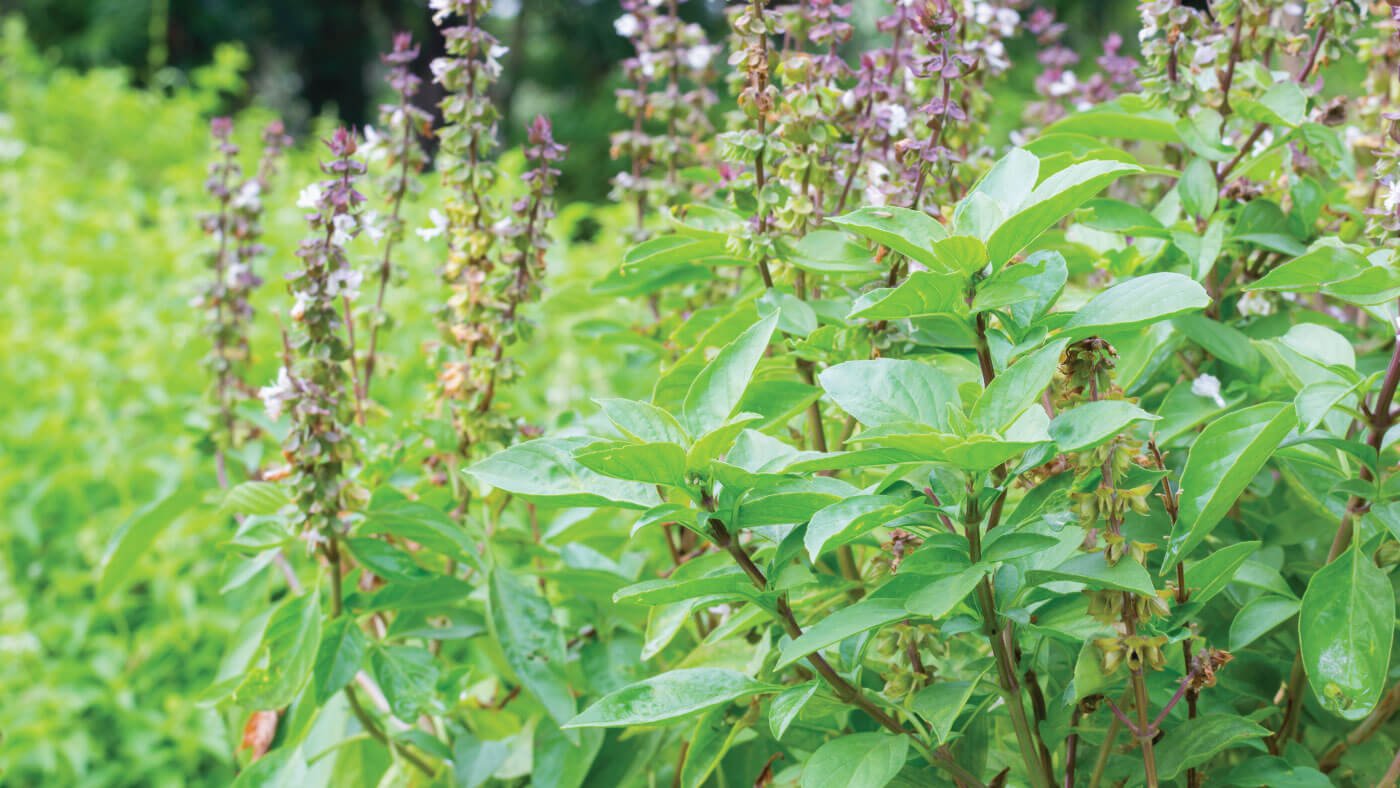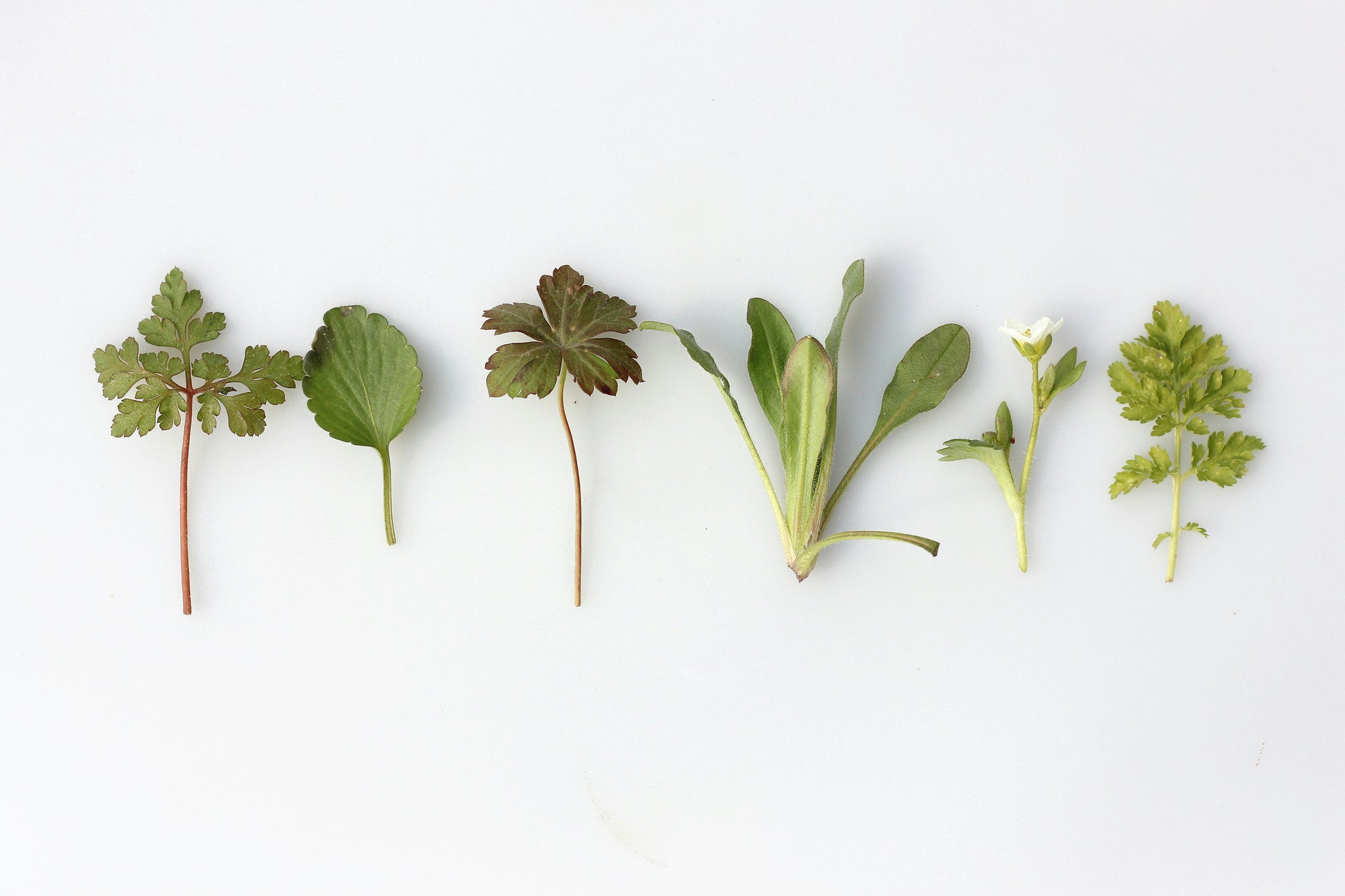News
-

Best Vitamins for Gut Health
Whether you’re struggling with bloating and digestive issues or you’ve simply come to realize how important a balanced microbiome is for overall health, there are many ways you can support your gut health. Prebiotics and probiotics tend to be the...
-

Do Lung Detox Pills Work?
Maybe you’ve decided once and for all to quit smoking, yet, the lingering effects of that nasty habit are giving you grief. Or, perhaps you’re still having trouble breathing after battling a respiratory condition. Whatever the case, the concept of...
-

Holy Basil Benefits and Health Properties
Whether you’re struggling with stress, feel as if your immune function is lacking, want to improve lung and heart health, or are interested in optimizing digestion - you need to learn about the holy basil properties. Also known as Tulsi,...
-

Breathing Exercises to Strengthen the Heart
Your heart and your breathing work in elegant harmony to improve health and life span: Inhalations cause the heart rate to increase, and exhalations cause it to decrease, which is called respiratory sinus arrhythmia (RSA). Breathing slowly at around six...
-

Gut Health Detox: How to Detox Your Gut Health With Prebiotics and Probiotics
Your gut health directly correlates to your overall wellness, influencing everything from your immune system to your mood. Unfortunately, though, modern diets and lifestyles compromise your digestive ecosystem. This is why a gut health detox is not just beneficial but...
-

Top 10 Herbs for Lung Health, Clearing Mucus, and Killing Viruses
Healthy lungs are responsible for more than just breathing - they're central to our overall health and vitality. But keeping our lungs clean and functioning optimally is a growing challenge due to increasing pollution and environmental toxins. Fortunately, nature offers...






